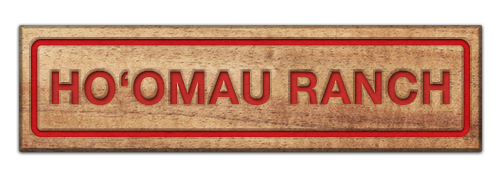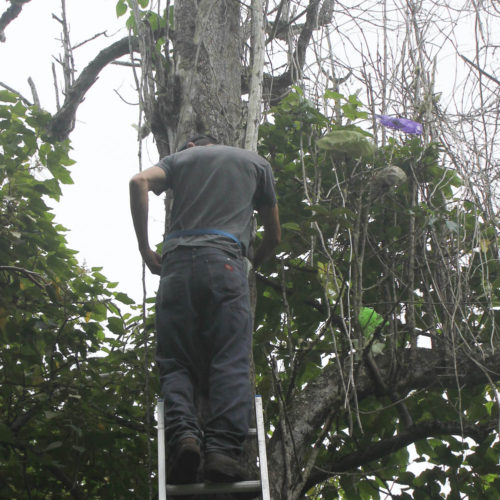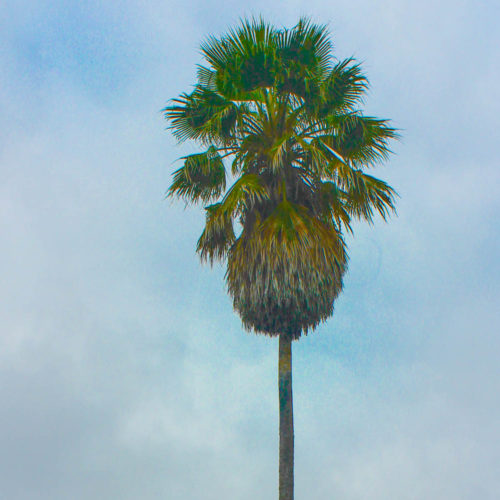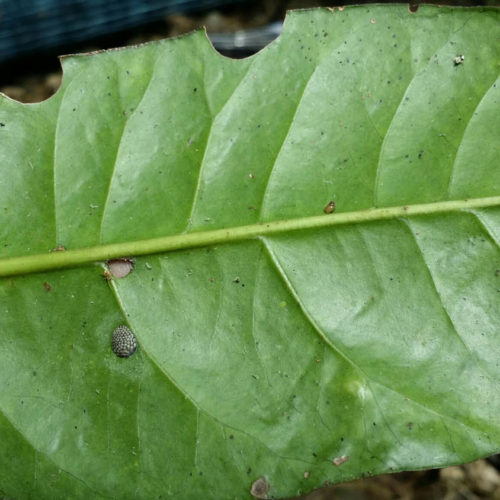HO’OMAU RANCH CONSERVANCY is a non-profit 501 (c) (3) organization that assists with ongoing conservation efforts. We welcome donations! Mahalo Nui Loa!
HO’OMAU RANCH is located within the ahupua’a of Honomalino, Papa 1 and Papa 2 in South Kona District on the Island of Hawaii. HO’OMAU RANCH lies on the western (leeward) flank of Mauna Loa, north of the volcano’s southwest rift zone, and extends from 1750 to 3580 feet (530-1090 meters) elevation . It lies within the U.S. Geological Survey’s lava flow hazard zone 2, along with much of South Kona, a region where individual flow s are often identifiable by the variety of the existing vegetation. HO’OMAU RANCH is well situated with natural resources. It lies in a mesic moisture regime, spanning the drier to the wetter range of mesic moisture conditions.
Download a complete list of rare species in our forest.
http://www.hawaiibusiness.com/
Land and Resource Description
The HO’OMAU RANCH property is divided into two portions by the separately owned 1926 lava flow, which supports pristine, early successional native vegetation. To the north and to the south of this flow, the landscape of the region is a mosaic of variously older pieces of lava flow, mostly ‘a’a, that support variously older plant communities. The ranch’s lava flows support a mosaic of different forest types, some orchards and both productive and degraded pasture types. The oldest lava flows are found south of the 1926 flow, and support excellent pastures and contiguously about 235 ac of very rare (last patch known) mesic ohi’a-olopua-aulu native forest.
The varied geological setting, of both the larger region and the ranch within, is further complicated by the presence of two rainfall gradients. The steeper gradient tracks the elevation gradient, wettest near the mauka end of the ranch. A gentler rainfall gradient runs from south to north, with Manuka, Kaulanamauna and Kapua ahupua’a to the south being a bit drier than HO’OMAU RANCH. These drier ahupua’a tend to have different plant communities than the more mesic and wetter vegetation types. The drier ahupua’a have also suffered protracted droughts in recent decades, as evidenced by large-scale mortality of ohi’a, the major canopy tree. HO’OMAU RANCH has been fortunate not to have been so negatively affected.
HO’OMAU RANCH occupies a central portion of a large region of South Kona that is set aside as South Kona Forest Reserve (several sections), two Natural Area Reserves, the extensive Kona Hema Preserve, Hawaii Volcanoes National Park and other areas of remaining native vegetation with no designation. Collectively, they retain enough biodiversity to ensure that the native ecosystems found within can still function, despite some species losses. In a volcanically active region, having a large area with much ecological variability is essential in order to maintain the region’s ability to rebuild and replace losses that normally occur from lava flow coverage. Each lava flow continues to acquire additional species to its communities as it ages until it is covered by a new flow. The additional species additions come from kipuka of the oldest flows, refuges for plants and animals requiring more mature conditions. These act as dispersal centers for species to move out and colonize the larger region. Having variability, redundancy and a large area are all key elements in keeping the regional ecology functioning in such a dynamic volcanic landscape. Ho’omau Ranch contains some of the key native elements not found much or at all elsewhere.
NATIVE ANIMAL LIFE
This draft plan has focused on plants and vegetation because they are the foundation of ecosystems. The next draft will have a much greater discussion of the endemic ope’epe’a (bat), and the birds (amakihi, apapane, ‘elepaio, ‘io, pueo, ua’u and indigenous ‘ake’ake) that reside or fly over HO’OMAU RANCH. The Monarch butterfly, the Kamehameha butterfly and the “tiny snail” also habitat Ho’omau. Some are rare or endangered, and may require detailed consideration. Four of the preceding animals feed on native insects and other arthropods, which form the bulk of the native biodiversity in native ecosystems. Given the close association that has evolved between native arthropods and native plants, a primary strategy will be to promote the diversity of native plants in the land cover at the ranch.
FOREST





